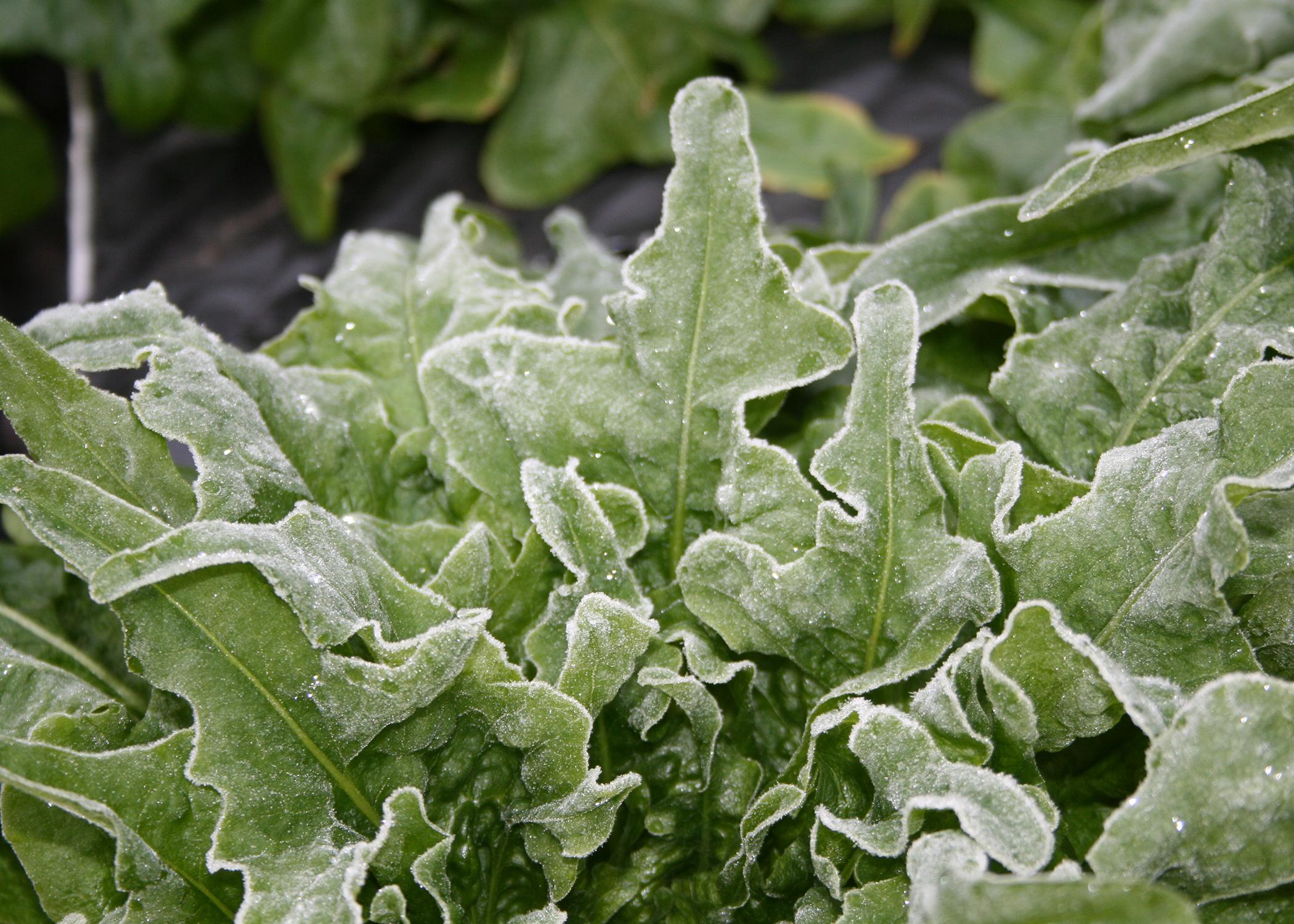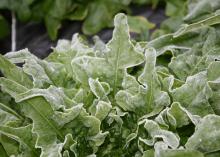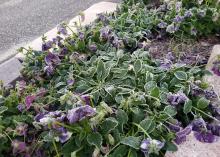Information Possibly Outdated
The information presented on this page was originally released on November 30, 2020. It may not be outdated, but please search our site for more current information. If you plan to quote or reference this information in a publication, please check with the Extension specialist or author before proceeding.
Cold snap doesn’t have to catch gardeners unaware
Well, it happened again this week.
It seems every year, home gardeners get surprised by the first cold snap. Whenever weather forecasters utter the words “frost” or “freeze” for the first time each fall, you can bet there will be cases of landscape panic and questions about how to protect our garden plants from the onslaught of Jack Frost.
There’s no reason we should be surprised by frosts and freezes, as there’s plenty of data collected through the years that gives gardeners good probabilities for when cold weather will arrive.
For example, the probability of freezing weather in Biloxi occurring by Nov. 8 is 10%; by Nov. 30, 50%; and by Dec. 22, 90%. So the cold weather we’ve had in Biloxi is at the 50% probability mark, right in the middle of the range. That means it is perfectly normal for this time of year.
For more information on frost/freeze probabilities, see the MSU Extension webpage “What Are Mississippi’s Freeze Dates?” at http://extension.msstate.edu/content/what-are-mississippis-freeze-dates.
So, what does this cold snap mean to me, and what should it mean to you? We already marked the start of meteorological (Sept. 1) and astrological (Sept. 22) autumn with little impact, as the warm summer weather just rolled through those dates.
To me, this is the official transition from our warm-season flower and vegetables to the cool-season plants.
It’s hard to pull the summer flowers when they’re still looking good, but if you don’t do it now, the cool-season plants will have problems. First, if you wait, the availability of nice plant material will be greatly reduced. That’s why for the last few weeks, I’ve been telling you about the annual fall color I’ve already planted in my home garden and landscape in October.
The second reason is also important from a plant physiological perspective: Landscape soil needs to be warm enough to promote root growth. A common question I get asked is why pansies are not growing. When I ask when they were planted, I commonly hear it was after Thanksgiving. The soil is too cool and usually wet, and this is not a good combination for plants.
Over the Thanksgiving holiday, I was a little ahead of the cold and finally harvested the last of my fall tomatoes and pulled out the plants. Now, my subirrigated containers are ready for the various kales and greens I will be planting.
The cole crops like broccoli, kale, collards, peas, lettuce and other leafy greens are all fine with low temperatures. In fact, many develop better flavors once exposed to the cold.
I think the right attitude is not to panic this time of year. Losing plants because of the cold weather -- and every year, we all lose some plants -- just creates an opportunity to try something new in the landscape next year.




